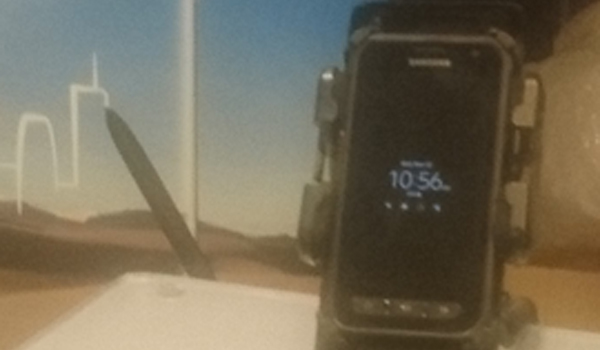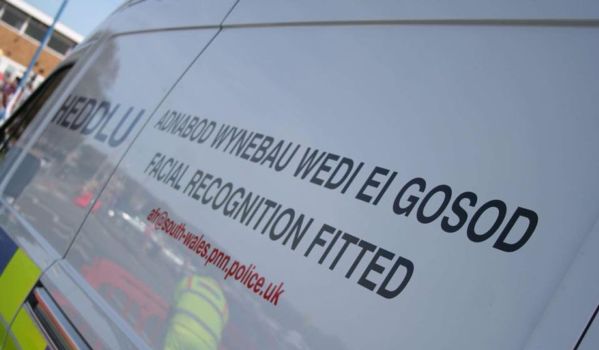The pros and cons of crash scene selfies
James Leavesley discusses the issues around social media and the emergency services.

Earlier this summer, the issue of crash scene selfies hit media headlines as a result of a post made by the North Yorkshire Fire and Rescue Service and North Yorkshire Police was reportedly shared direct from the scene of an accident.
The media took the line of speaking on behalf of the outraged public who they said had responded badly to the images posted by the response crews on the front line. Resignations of the crew members were called for with a declaration of further investigation into the posts.
CrowdControlHQ works with more than 25 per cent of the police forces in the UK. Interestingly, we get far more media interview requests relating to the use of social media by the police than any other profession, even beating politicians (surprisingly, who come a close second) so we certainly experience first-hand the media spotlight which the police (and by close association, response services) find themselves under with regards to social media.
In this case, as it is so often, we simply dont have the facts to pass judgment.
To assess the situation thoroughly you would need to have a thorough understanding of the context surrounding the response team, namely:
1)The communications objectives linked to the social media channel;
2)Social media policy used to guide the response teams;
3)The training support available; and
4)An understanding of the social media management especially the process by which posts go-live.
Looking at the issue of objectives there could be an array of outcomes that the response team were looking to achieve in this scenario: education about the dangers of the road, a deterrent to speeding, building community rapport, to recruit newcomers by showing the day in the life of insight. We just dont know.
In terms of policy, it is essential that officers understand the primary objective of social media, the key messages and the call to action required as well as the types of content that do or do not cut it in building the communications campaign.
Hopefully, the policy will link to human resources support to make sure that officers are aware of the boundaries to ensure that they know what they can and cannot do in relation to both the work and personal social environments. And finally, these policies should be easy to understand and accessible.
With respect to training, we should not overlook the fact that social media is a relatively new channel. Even the most experienced of communication professionals would be lucky to count their years of experience in the discipline of social media on more than one hand.
Recent surveys have shown that there has been considerable emphasis during social media training on the what rather than the how of social media. Respondents report that they receive detailed explanations of the platforms what Twitter and Facebook environments look like, statistics about the users and the mechanism for creating a post rather than the holy grail of how to create great content.
This is the equivalent in customer service terms of spending time training people on the intricate detail of how a telephone works, rather than supporting people in what to say to customers.
In addition, the management process is an important part of the social media debate. As defenders of brand reputation in social media, management platforms/ software allow people at the coal-face of delivery to capture content which can then be moderated, screened and tested against messaging, campaigns and objectives from the control centre, before being sent live to the outside world.
On this basis, there should never be a call for a resignation of an officer/fire officer or support crew who finds themselves often in a pressurised, stressful situation at the scene of an accident.
They may not have time or the objectivity to work through what is acceptable. They should be able to capture content in line with the objectives, the policy and the training they have received and contribute content from the front line to the overarching campaign, with




